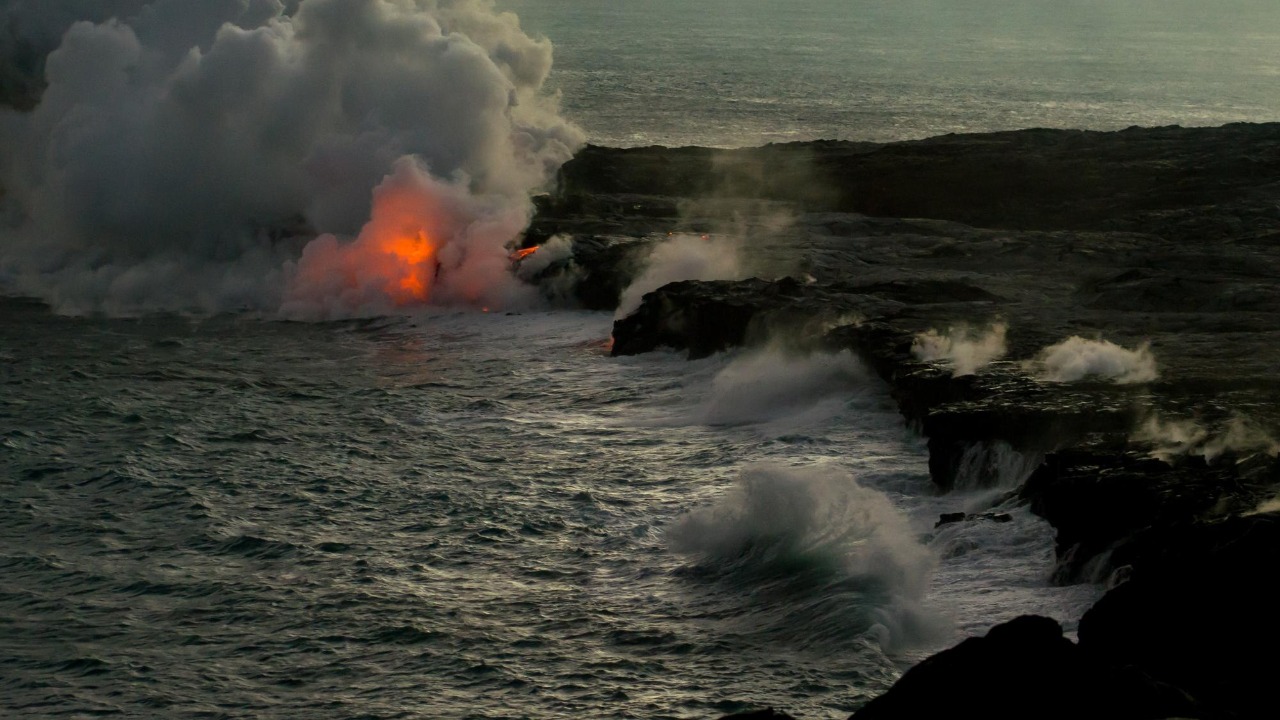
Recent scientific evaluations have indicated that the massive underwater volcano off the Oregon coast, which had shown signs of imminent eruption earlier this year, is now unlikely to erupt before mid-to-late 2026. This shift in timeline has eased immediate concerns for the West Coast region, highlighting the importance of ongoing monitoring of the site’s seismic and magmatic buildup.
Background on the Underwater Volcano
Located off the Oregon coast, this massive underwater volcano is a significant feature in the Pacific Ocean’s geological landscape. Its size and geological context have made it a site of interest for volcanologists studying submarine volcanism. The initial detection of activity patterns at the site earlier this year drew attention to its potential for eruption.
Early Warnings of Imminent Eruption
In early May 2025, reports began to circulate that the volcano was showing signs of imminent eruption. These reports were based on observed precursors such as seismic signals and potential magmatic movement. By May 8, scientists were warning that the underwater volcano off the Oregon coast could erupt soon, emphasizing the urgency of the situation.
Escalating Concerns Over Linked Hazards
As the month progressed, concerns grew about the potential hazards linked to an eruption. Scientists warned that the massive underwater volcano could trigger a 9.0 earthquake due to tectonic stresses. This, in turn, raised the risk of a Pacific tsunami, a scenario that scientists were carefully evaluating as they studied potential eruption scenarios.
Scientific Reassessment of Timeline
However, by mid-May, the predictions began to shift. Based on refined data analysis, scientists concluded that the volcano was in a more extended preparatory phase than initially thought. By November, the assessment had been updated to indicate that the volcano was unlikely to erupt before mid-to-late 2026. This conclusion was based on detailed modeling of eruption triggers.
Ongoing Monitoring and Research Efforts
Scientific teams continue to monitor the volcano’s activity using underwater sensors and seismic networks off the Oregon coast. The iterative reporting from May to November 2025 has informed adaptive strategies for observing the site’s evolution without immediate alarm. This ongoing research and monitoring are crucial in understanding the volcano’s behavior and predicting its potential for eruption.
Implications for Regional Preparedness
The delayed timeline for potential eruption allows for enhanced planning along the West Coast. This includes updates to tsunami warning systems and other disaster preparedness measures. While the volcano’s massive potential for destruction is acknowledged, the current low short-term risk is guiding public and governmental responses to the situation. The ongoing situation serves as a reminder of the importance of scientific monitoring and preparedness in mitigating the risks posed by natural hazards.
More from MorningOverview